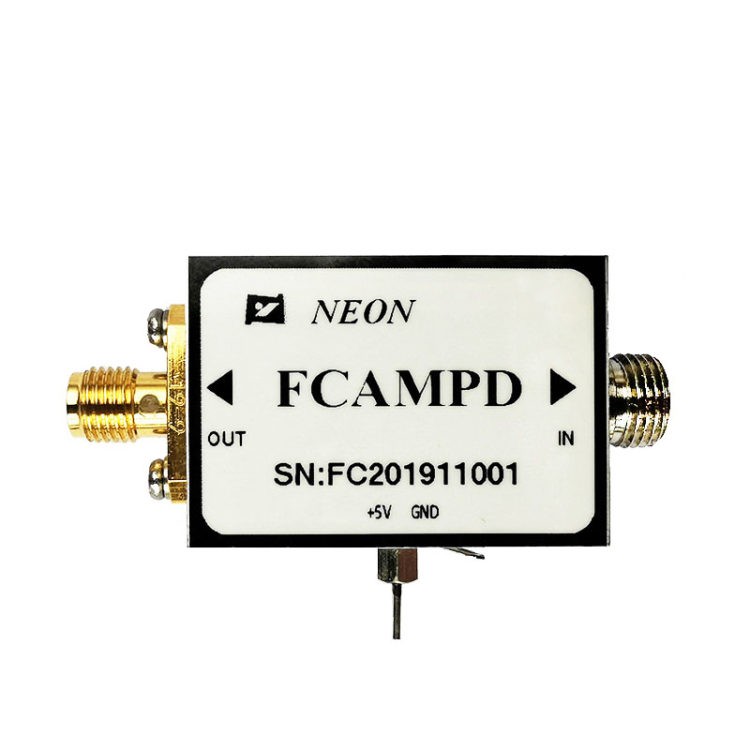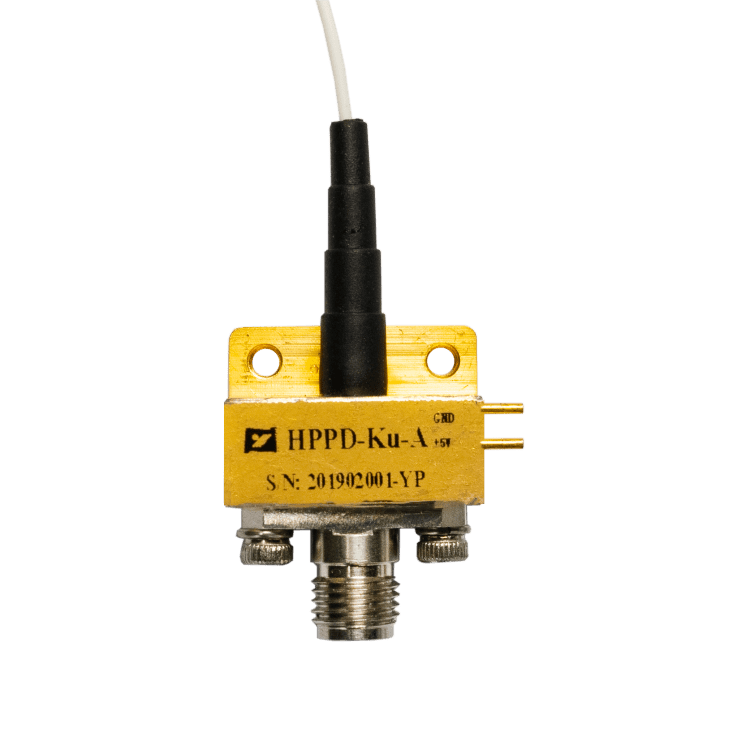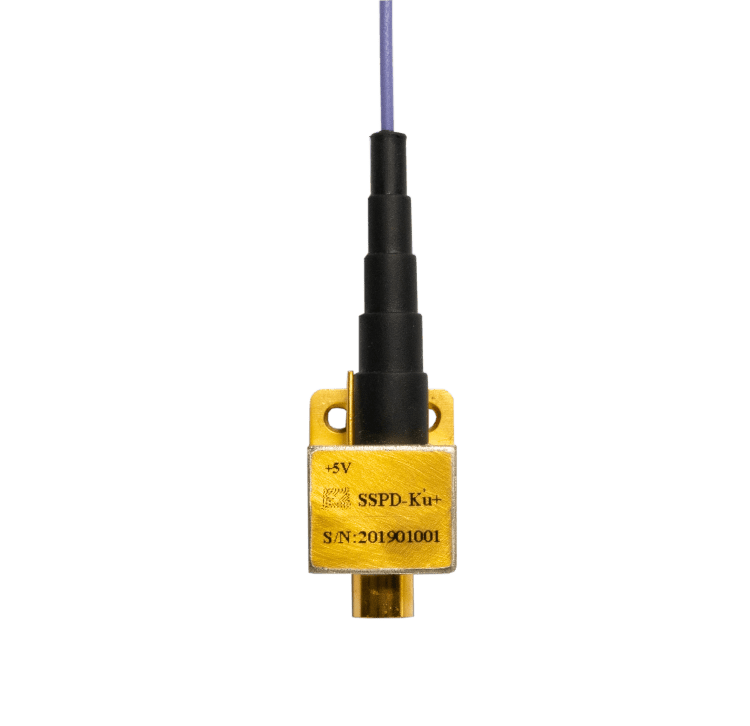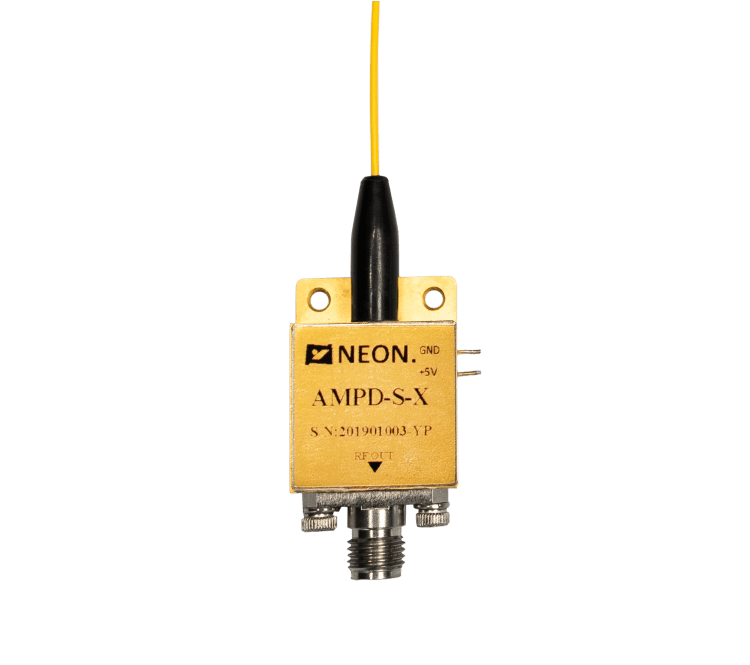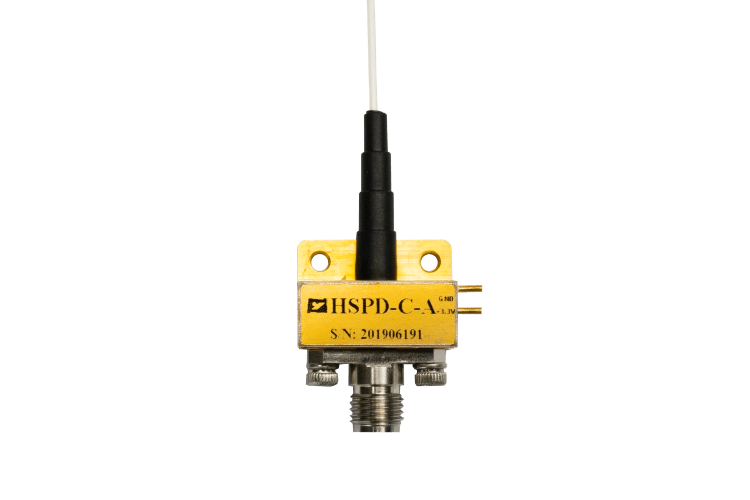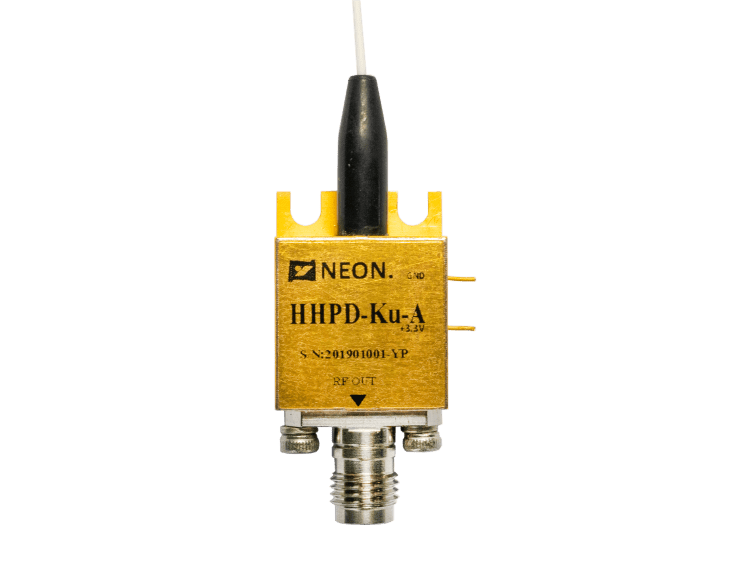Everything You Need to Know About Automotive Radar Calibration Simulators
Automotive radar technology has rapidly evolved over the years, becoming an essential component in modern vehicles. Radars play a crucial role in advanced driver assistance systems (ADAS) and autonomous driving, enabling features such as adaptive cruise control, collision avoidance, and parking assistance. However, for these radar systems to function effectively, they must be accurately calibrated. This is where automotive radar calibration simulators come into play. In this article, we will delve into what an automotive radar calibration simulator is, where you can find one, how much it typically costs, how it works, and how to utilize it effectively.
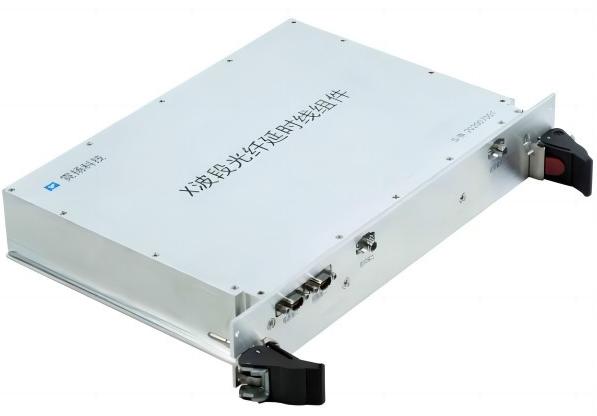
What is an Automotive Radar Calibration Simulator?
An automotive radar calibration simulator is a specialized device designed to replicate real-world radar scenarios and environments within a controlled and repeatable setting. It allows engineers and technicians to fine-tune and calibrate radar sensors used in vehicles. These simulators are essential because radar sensors must operate flawlessly in diverse conditions, including varying weather, road surfaces, and traffic scenarios.
Where to Buy an Automotive Radar Calibration Simulator?
Specialized Manufacturers
The primary source for automotive radar calibration simulators is specialized manufacturers that design and produce such equipment. Some well-known manufacturers in this space include NEON, dSpace, and National Instruments. These companies offer a range of radar calibration simulators tailored to different radar sensor models and applications.
Distributors and Resellers
You can also explore authorized distributors and resellers of automotive radar calibration simulators. These entities often provide additional support, training, and servicing options. Contacting them can help you find the right simulator for your specific needs.
Online Marketplaces
Online marketplaces like Amazon, eBay, or industry-specific websites may occasionally feature radar calibration simulators. However, it’s essential to verify the credibility and authenticity of the product and the seller before making a purchase through these platforms.
How Much Does an Automotive Radar Calibration Simulator Cost?
The cost of an automotive radar calibration simulator can vary significantly based on several factors, including the simulator’s complexity, features, and capabilities. Basic simulators designed for limited radar sensor models may cost around $10,000 to $20,000. These simulators offer essential functionalities for calibration but may lack advanced features.
More advanced and versatile simulators, capable of emulating various radar sensor models and complex scenarios, can range from $50,000 to $100,000 or more. High-end simulators often come with a broader range of customization options, advanced software, and extensive support services. The cost can go even higher for simulators designed for research and development purposes.
It’s important to consider your specific requirements and budget when choosing an automotive radar calibration simulator, as investing in the right tool can significantly impact the accuracy and reliability of your radar systems.
How Does an Automotive Radar Calibration Simulator Work?
Automotive radar calibration simulators employ advanced technology to replicate real-world radar scenarios. Here’s a simplified overview of how they work:
- Signal Generation
Simulators generate radar signals that mimic those emitted by actual radar sensors. These signals include the radar’s frequency, waveform, and modulation.
- Target Generation
Simulators can simulate various radar targets, including vehicles, pedestrians, and static objects. They calculate the radar reflections based on the radar signal characteristics and the simulated target properties.
- Environment Simulation
Automotive radar calibration simulators can recreate different environmental conditions, such as weather, road surfaces, and traffic scenarios. This helps assess the radar’s performance under diverse circumstances.
- Feedback and Analysis
Engineers and technicians can monitor the radar’s performance using feedback mechanisms provided by the simulator. They can adjust the radar’s settings and calibration parameters in real-time to achieve the desired results.
- Calibration
The simulator assists in calibrating the radar sensor by allowing users to fine-tune various parameters, such as beamwidth, range, and angle, to ensure optimal performance.
- Validation and Testing
Once the radar sensor is calibrated, it can be tested against various simulated scenarios to ensure that it meets the required performance standards and safety criteria.
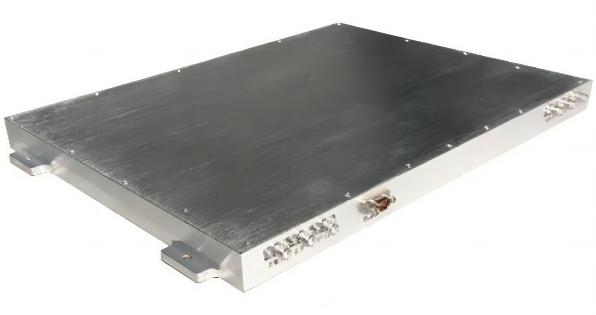
How to Use an Automotive Radar Calibration Simulator?
Using an automotive radar calibration simulator effectively requires a structured approach. Here are the key steps to get started:
- Familiarize Yourself
Learn about the simulator’s features, capabilities, and user interface. Read the user manual and any available documentation.
- Set Up the Simulator
Install and configure the simulator hardware and software according to the manufacturer’s instructions. Ensure all connections are secure and functioning correctly.
- Select Radar Parameters
Choose the radar sensor model and parameters you want to calibrate. Ensure that you have access to the radar sensor’s specifications for accurate calibration.
- Create Scenarios
Define the scenarios you want to simulate, including road conditions, weather, and traffic. Set up the simulator to replicate these conditions accurately.
- Calibration
Use the simulator to fine-tune the radar sensor’s settings, such as beamwidth, range, and sensitivity, to match the desired performance criteria.
- Testing and Validation
Conduct tests and validation procedures to ensure that the radar sensor meets the required performance standards. Adjust settings as needed based on the test results.
- Documentation
Keep detailed records of your calibration and testing processes, including any adjustments made. This documentation is crucial for quality control and audit purposes.
- Training
Ensure that personnel involved in radar calibration are adequately trained in using the simulator. Training helps maximize the effectiveness and accuracy of the calibration process.
Summary
Automotive radar calibration simulators are indispensable tools for achieving precise and reliable radar sensor performance in modern vehicles. These simulators replicate real-world radar scenarios, allowing engineers and technicians to fine-tune radar sensors and ensure their accuracy under diverse conditions. While the cost of these simulators can vary widely, it’s essential to consider your specific needs and budget when making a selection. By following a structured approach to calibration and testing, users can harness the full potential of automotive radar calibration simulators, contributing to safer and more advanced driver assistance systems and autonomous vehicles.


